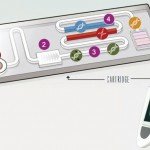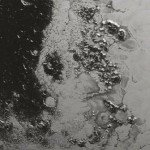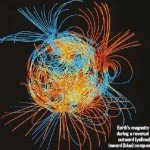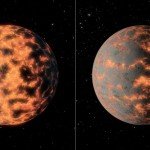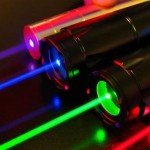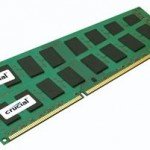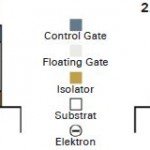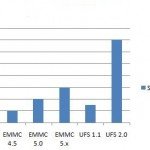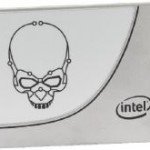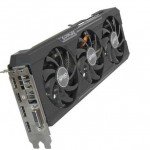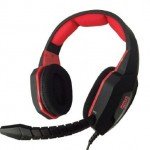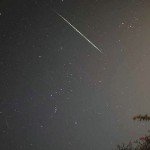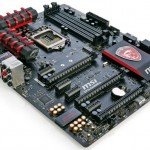First Earthquake Detector Invention
It is obvious when a major earthquake is happening, but smaller warning shocks can go unnoticed without the help of a detector, or seismoscope. In about ad 130, Chinese scientist Zhang Heng invented what may have been the first of these. certainly one of the strangest.
It had eight bronze dragons arranged in a circle, each holding a ball in its mouth, with eight bronze frogs directly below each with their mouths pointing upward.
Due to the way the dragons were arranged, at least one of them would feel the slightest tremor. When this happened, its ball would drop, clanging into the mouth of the frog below, raising the alarm and supposedly indicating the direction of the earthquake.
A year after Zhang introduced his seismoscope to the court, officials and candidates were asked to provide opinions about a series of recent earthquakes which could be interpreted as signs of displeasure from Heaven. The ancient Chinese viewed natural disasters as cosmological punishments for misdeeds that were perpetrated by the Chinese ruler or his subordinates on earth. In Zhang’s memorial discussing the reasons regarding these natural disasters, he criticized the new recruitment system of Zuo Xiong which fixed the age of eligible candidates for the title “Filial and Incorrupt” at age 40.
The new system also transferred the power of the candidates’ assessment to the Three Excellencies instead of the Generals of the Household, who by tradition oversaw the affairs of court gentlemen. Although Zhang’s memorial was rejected, his status was significantly elevated soon after to Palace Attendant, a position he used to influence the judgements of Emperor Shun. With this impressive new position, Zhang earned an income of 2,000 bushels and had the right to escort the emperor.



